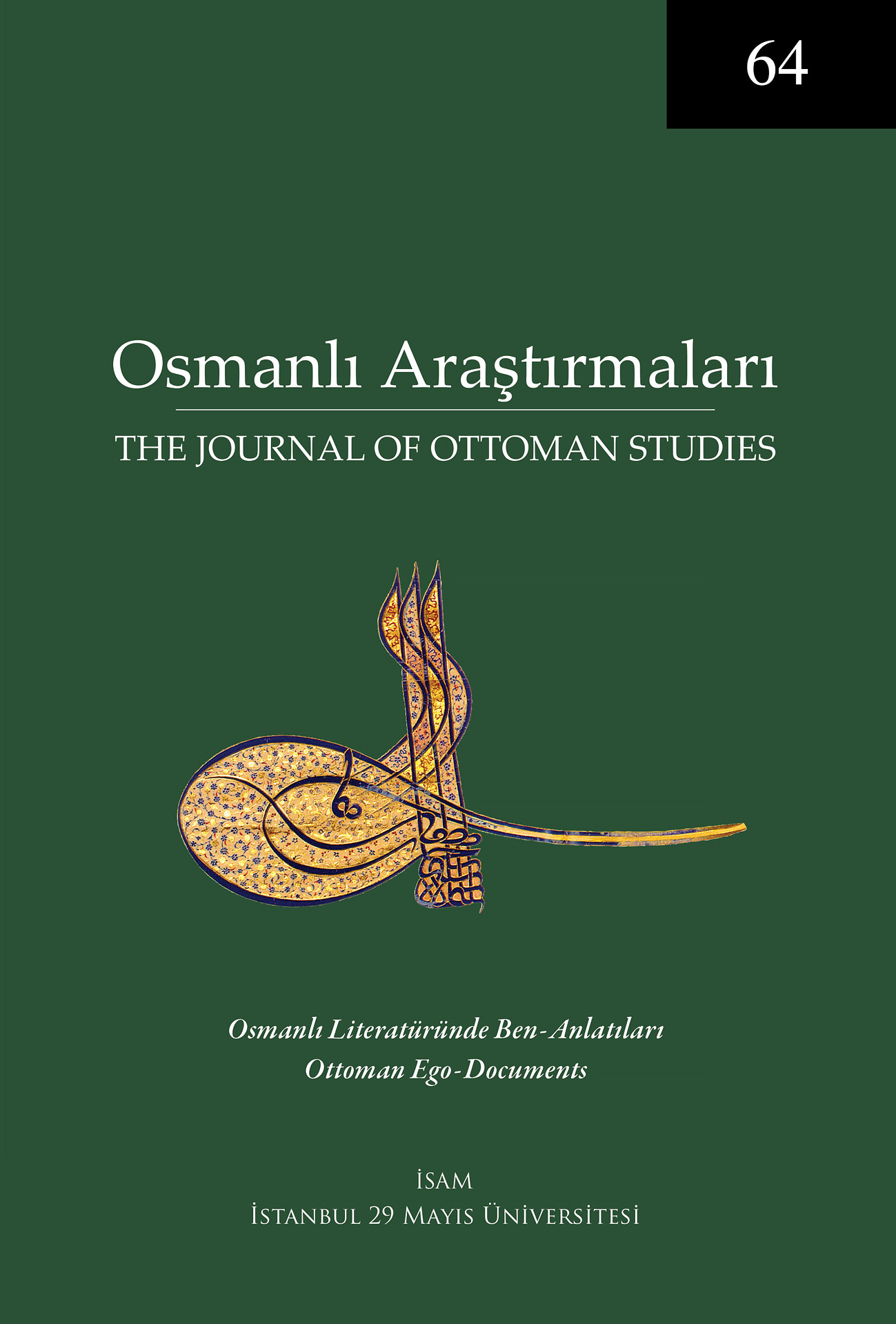An Ottoman Ego-Document from the 16th Century: Habibullah b. Mahmud’s Sergüzeştnâme
Keywords:
Ottoman Ego-Documents, Sergüzeştnâme, Autobiography, 16th Century, Dream NarrativesAbstract
Ego-documents, with their subjective and personal nature, offer unique insights into the lives, emotions, and perspectives of individuals. This article aims at introducing and discussing a hitherto unknown Ottoman ego-document from the 16th century. Habibullah ibn Mahmud described the events of his life starting from his twenties. He supported his story with dream narratives and portrayed himself as having a spiritual personality and being assigned by the Prophet of Islam to serve the Ottoman sultans. Behind this image, the reader can see a determined person trying to gain a position and rise above his circumstances. The author sought patronage relationships with high-ranking statesmen by telling dreams or presenting works in which dreams were written. The ego-document, which is the source of this study, was probably presented to a statesman with similar expectations. In the first part of the article, the form and content of the manuscript will be analyzed. It will be revealed that producing an autobiographical work, presenting it to a prominent person and gaining some benefits in return was possible. This also reveals that such works were circulated, read, and liked in Ottoman literary circles. A further point will be made by discussing the question of whether the author’s inner world can be discerned in an ego-document primarily centered around patronage relations, seeking favor and position. In the second part, the text will be transcribed and brought to the attention of researchers for further studies.




